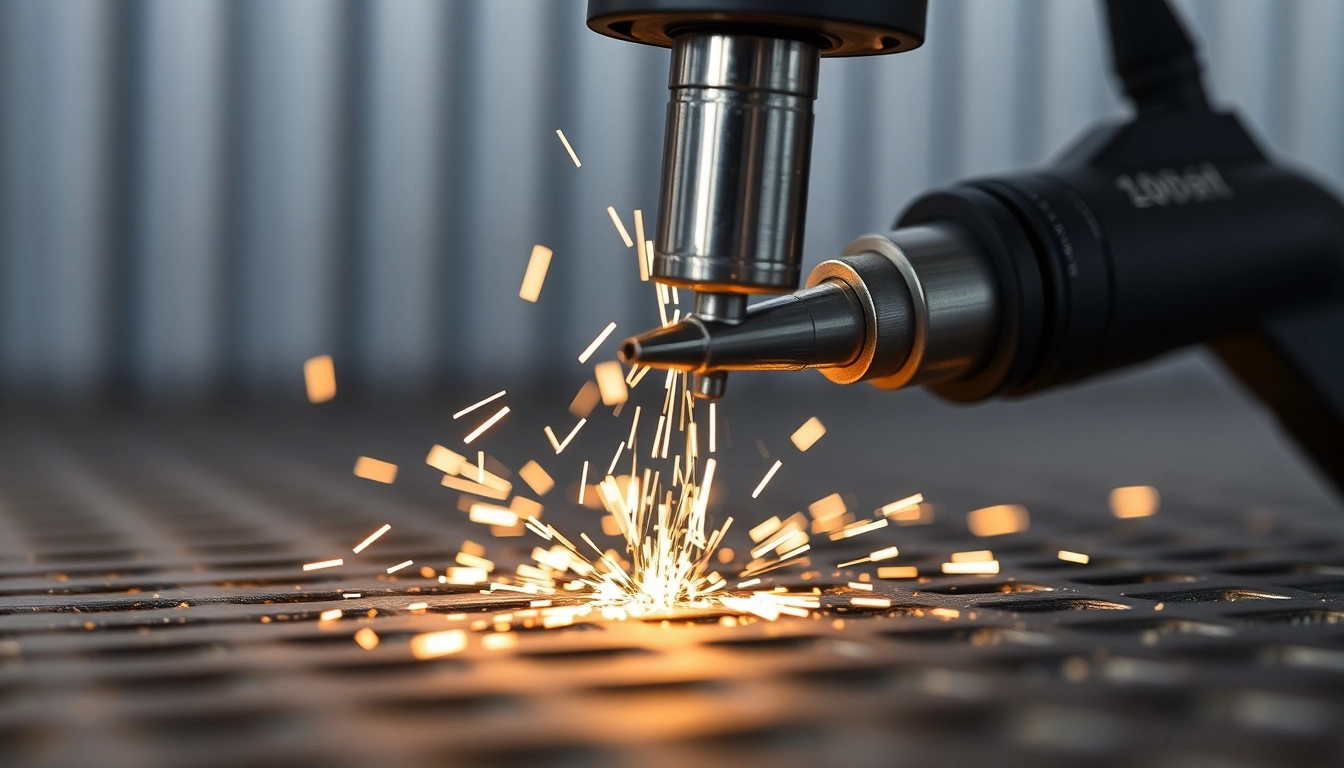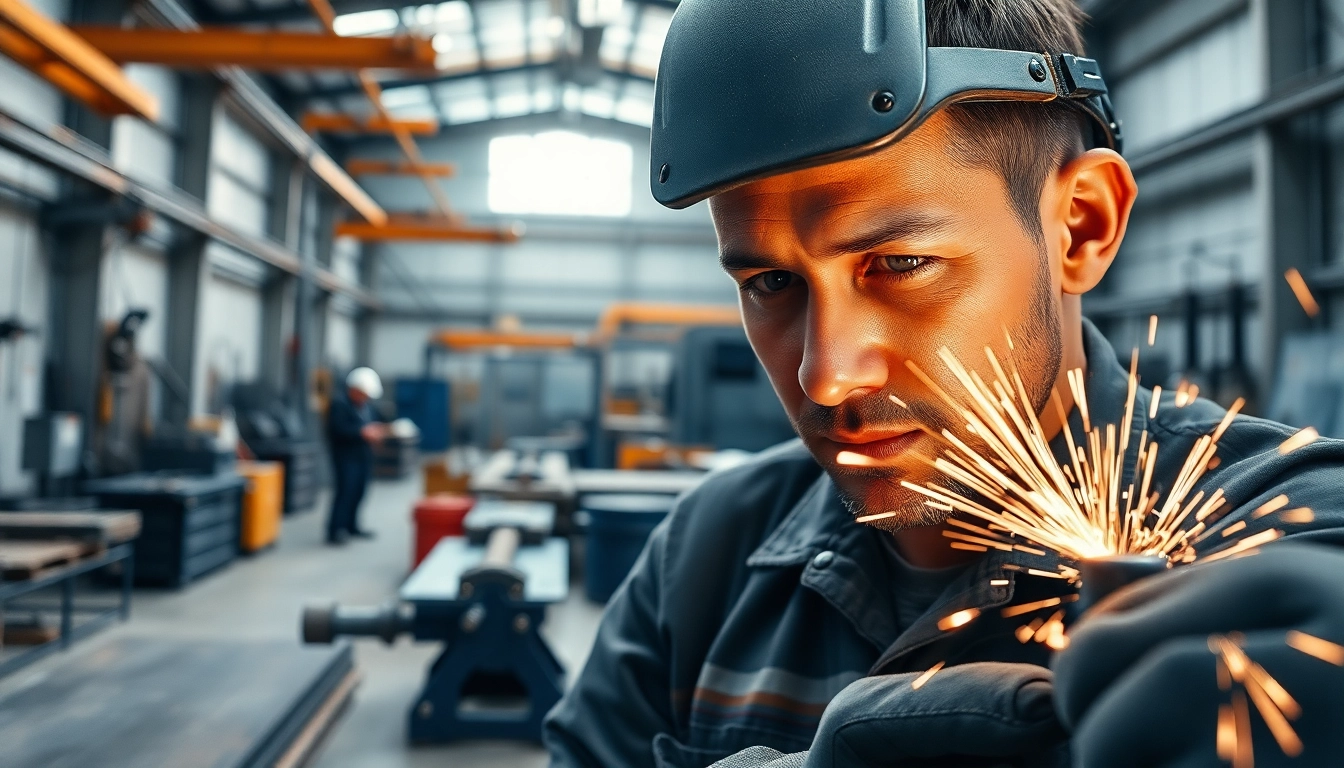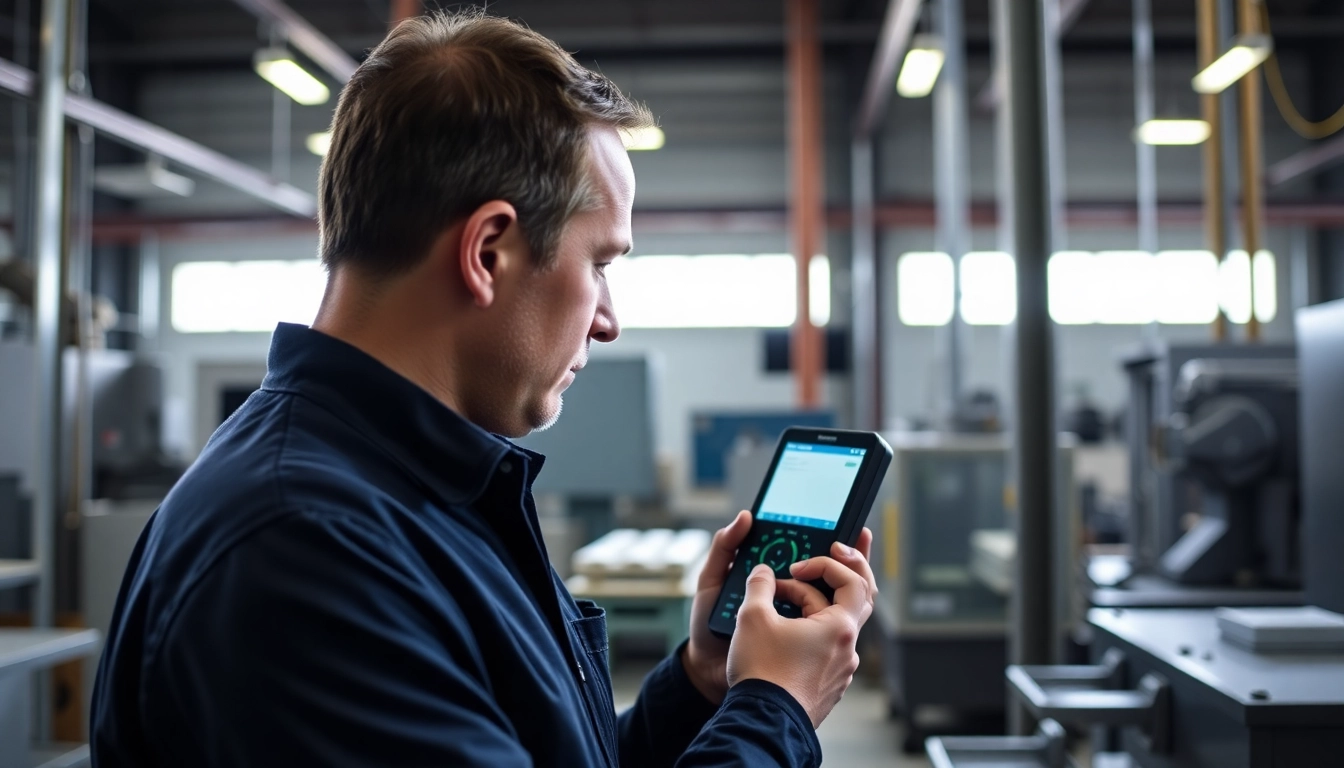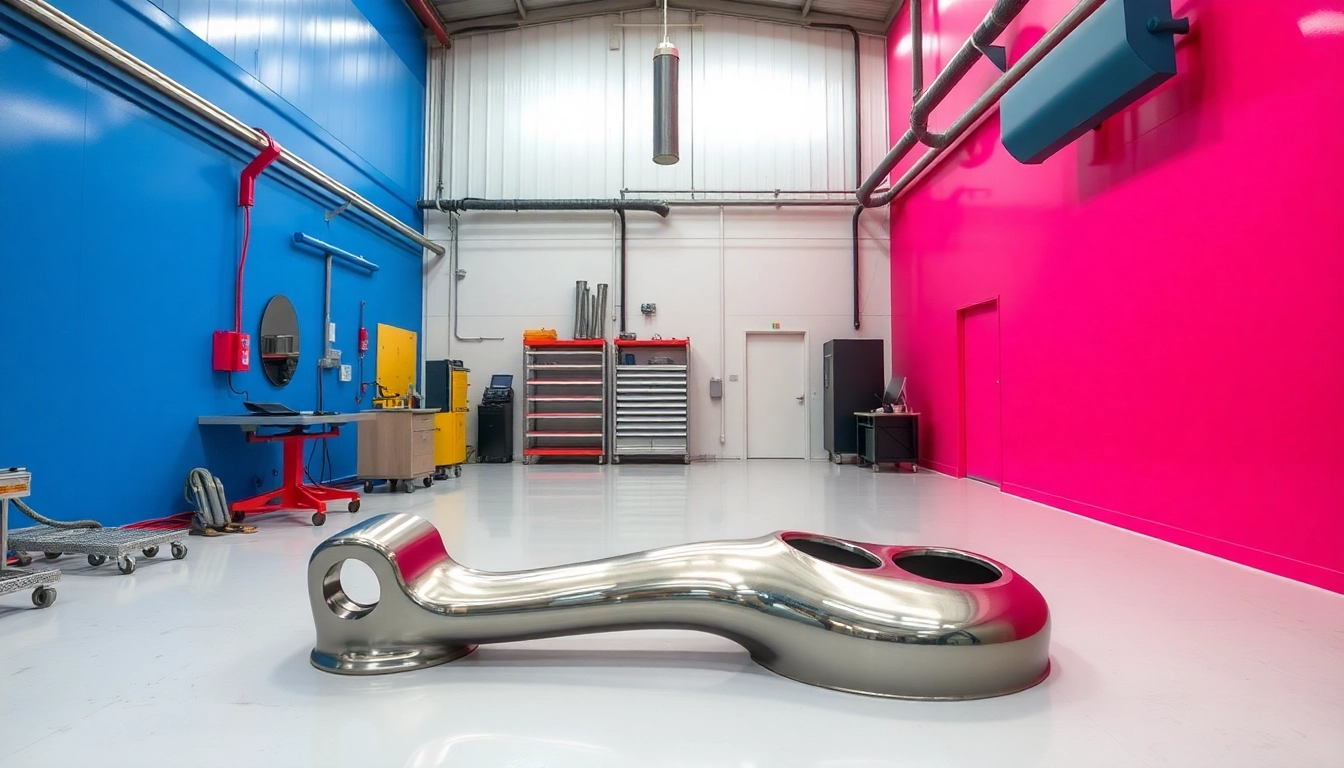Understanding Needle Guns
What is a Needle Gun?
A needle gun, commonly referred to as a needle scaler, is a powerful pneumatic or electric tool designed primarily for surface preparation. Its main function revolves around the fast and thorough removal of various unwanted materials such as rust, paint, mill scale, and other debris from metal surfaces. Unlike traditional sanders or grinders that may abrade the surface, needle guns utilize a series of high-speed needles to achieve a finely tuned cleaning effect, making them indispensable in industrial and construction settings.
How Needle Guns Work
Needle guns operate using a simple yet effective mechanism. The tool features a number of thin, hardened steel needles that rapidly move in and out, typically at a rate of thousands of blows per minute. This repetitive motion creates a powerful impact on the surface being cleaned, dislodging contaminants without damaging the underlying material. The impact process is facilitated by either compressed air (in pneumatic needle guns) or an electric motor (in electric needle guns). The choice between these two types often comes down to factors such as portability, power needs, and user preference.
Common Applications of Needle Guns
Needle guns are extensively used in various industries for the following applications:
- Metal Fabrication and Repair: Needle guns efficiently remove slag from welding and prepare metal for painting or further processing.
- Automotive Restoration: They are ideal for stripping old paint and rust from vehicle bodies and frames.
- Marine Maintenance: Needle scalers help maintain the surfaces of ships and boats by removing corrosion.
- Construction: They are commonly used to prepare surfaces for bonding or sealing and to clean metal components in construction settings.
Types of Needle Guns
Pneumatic vs Electric Needle Guns
Understanding the two primary types of needle guns—pneumatic and electric—is crucial for making an informed choice. Pneumatic needle guns are powered by compressed air, making them suitable for heavy-duty applications due to their high impact rates and generally lighter weight. These tools are often more powerful and can handle prolonged usage without overheating. Conversely, electric needle guns offer the convenience of portability, as they don’t require an air compressor. However, their performance may be limited by their power source and can be less effective in heavy-duty tasks.
Choosing the Right Type for Your Needs
When selecting between a pneumatic and electric needle gun, consider the following factors:
- Work Environment: If you’re working in a fixed location, pneumatic guns are great due to their power. For mobile applications or small worksites, electric versions may be more convenient.
- Power Requirements: Assess the power supply available; pneumatic tools require a compatible air compressor while electric tools require an adequate power source.
- Frequency of Use: For high-frequency or industrial use, pneumatic guns are typically favored for their durability and efficiency. Electric guns generally suit less intensive tasks.
Comparative Benefits of Each Type
Pneumatic needle guns tend to have a few key advantages, including:
- Higher power output and faster operation.
- Less weight compared to equivalent electric models due to no battery or motor weight.
- Generally longer operational life with fewer maintenance requirements.
On the other hand, electric needle guns provide benefits such as:
- Portability for use in various locations without the need for an air compressor.
- Ease of use in confined spaces where an air hose may restrict movement.
- Lower upfront costs compared to pneumatic systems with compressors and hoses.
Features to Consider When Buying a Needle Gun
Power and Performance Metrics
When purchasing a needle gun, consider its power and performance metrics, which are often rated in terms of blows per minute (BPM). A higher BPM indicates faster cleaning capability, which is crucial for efficiency in industrial settings. Additionally, assess the average consumption of CFM (Cubic Feet per Minute) for pneumatic models, ensuring it aligns with your compressor’s output. A good pneumatic needle gun should typically operate between 8 to 16 CFM at 90 PSI for optimal performance.
Durability and Build Quality
The durability of a needle gun is paramount, especially in high-demand environments. Look for models that use high-quality materials and construction methods. The finest needle guns are often made from reinforced steel and feature heavy-duty internal components designed to withstand prolonged use. It’s also wise to consider warranties offered by manufacturers, which can indicate the expected lifespan of the tool.
Safety Features and Ergonomics
Safety features such as slip-resistant grips and trigger guards can significantly enhance user safety. Ergonomically designed tools reduce strain during operation, which is essential for tasks that require precision or extended periods of use. Users should always ensure proper personal protective equipment (PPE) is worn, including gloves, goggles, and hearing protection, due to the high noise levels produced during operation.
Best Practices for Using a Needle Gun
Preparation Steps Before Use
Before using a needle gun, it’s essential to prepare the workspace and equipment:
- Clear the work area: Remove any debris or obstructions that could hinder operation.
- Secure materials: Ensure the metal surface being worked on is stable and immobilized.
- Inspect the tool: Check the needle scaler for damage or wear, and replace any worn needles.
Techniques for Optimal Operation
To achieve the best results when using a needle gun, adhere to these operating techniques:
- Maintain a consistent angle: Keeping the needles at the correct angle maximizes efficiency and minimizes wear.
- Move slowly and evenly: Apply steady pressure and avoid rushing to ensure comprehensive cleaning without missing spots.
- Keep the needles clean: Regularly remove built-up debris from the needles to maintain optimal performance.
Post-Use Maintenance Tips
Taking care of your needle gun after usage can significantly extend its life:
- Clean the tool: Wipe down the exterior and ensure that any debris is cleared from the needle housing.
- Store properly: Keep the needle gun in a dry, cool place away from moisture to prevent rust.
- Inspect regularly: Before each use, check needles and air hoses for damage or wear.
Top Needle Gun Models Reviewed
Best Pneumatic Needle Guns on the Market
Among the leading pneumatic needle guns, a few models stand out due to their reliability and performance:
- Ingersoll Rand Needle Scaler: Known for its durability and power, this tool features a composite housing that reduces vibrations and fatigue.
- Chicago Pneumatic CP8018: Offers a high BPM and is particularly known for its lightweight design, making it ideal for extended use.
Top Electric Needle Gun Options
For those considering electric models, several top-rated options include:
- WEN 94982: This electric needle scaler provides excellent performance for home applications with a strong motor and variable speed settings.
- Astro Pneumatic Tool 218 ONYX: This versatile tool combines needle scaling and surface preparation tasks, making it great for multi-use settings.
Customer Reviews and Feedback
Understanding user experiences can offer valuable insights into which knife scalars perform well. Overall, professionals often highlight the importance of durability, ease of use, and effective performance in their feedback. Electric needle guns tend to receive praise for their portability, while pneumatic models are lauded for their power and efficiency in heavy-duty environments.



